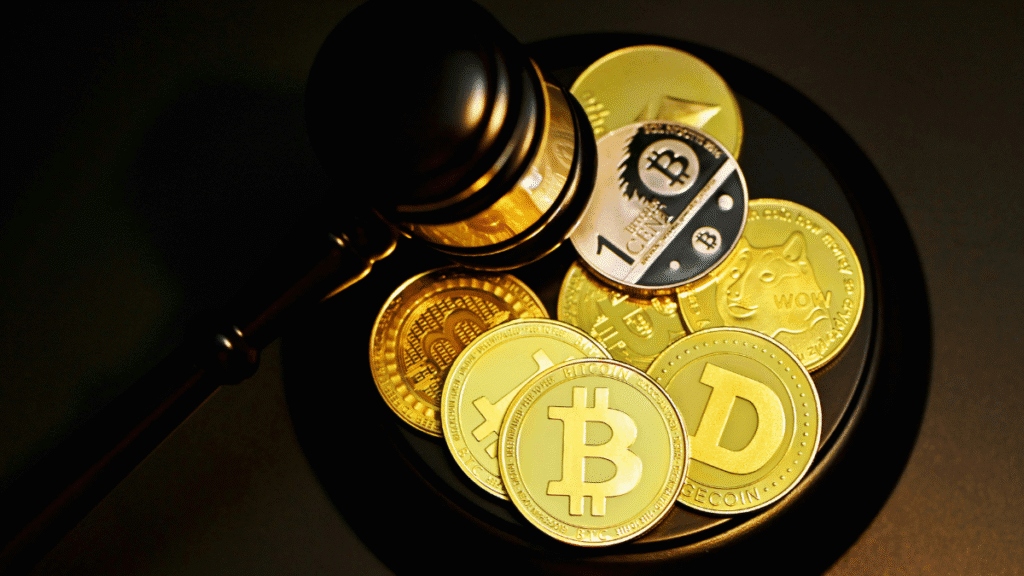Now Reading: The US GENIUS Act Targets Stablecoins: What Indian Lawmakers Should Pay Attention To
-
01
The US GENIUS Act Targets Stablecoins: What Indian Lawmakers Should Pay Attention To
The US GENIUS Act Targets Stablecoins: What Indian Lawmakers Should Pay Attention To

While India debates crypto regulation, the US has taken a sharp step forward with the proposed GENIUS Act—legislation aimed at tightening control over stablecoins. These digital tokens, pegged to real-world currency like the US dollar, are gaining traction in India too. But they come with legal and economic risks that can’t be ignored. So, what does this US move mean for Indian policymakers and investors? Let’s break it down.
What Is the GENIUS Act and Why It Matters
The GENIUS Act (short for “Guarding against Emerging Non-backed Instruments and Unregulated Stablecoins”) proposes strict oversight of stablecoin issuers. It seeks to ensure that every token is fully backed, audited, and governed under financial standards similar to traditional banks.
Why this matters is simple: stablecoins are no longer just tech tools—they’re becoming shadow currencies. The act is America’s way of drawing a hard line between innovation and instability.
India’s Growing Interest in Stablecoins
In Tier 2 cities across India, from Nagpur to Bhopal, many first-time crypto users are turning to stablecoins like USDT or USDC. They’re seen as a safer store of value in the volatile crypto market and a quicker alternative to international banking.
But the legal infrastructure around them in India is almost non-existent. Unlike traditional savings or investments, stablecoins operate in a regulatory grey zone. If something goes wrong—say a depeg or platform shutdown—there’s no guaranteed recourse.
The Risk of Doing Nothing
Right now, India taxes crypto transactions but lacks a clear policy on stablecoins. That silence is risky. If an Indian startup launches a rupee-pegged stablecoin tomorrow, who’s checking its reserves? What happens if it crashes?
The lack of regulation also invites shady operators, pump-and-dump schemes, and unregistered platforms that target small-town investors who are often less equipped to assess risk.
What India Can Learn from the GENIUS Act
India doesn’t need to copy-paste US laws. But the GENIUS Act offers some useful direction. First, it shows that governments can support stablecoin innovation while also demanding transparency.
Second, it underscores the need for clear audit trails, reserve backing, and consumer protection mechanisms—something India must consider if it wants to build a safe digital asset ecosystem.
The Road Ahead
As crypto adoption spreads beyond metros into India’s Tier 2 and Tier 3 towns, stablecoins are becoming a bridge between traditional money and digital finance. That makes regulation not just a policy issue but a public safety concern.
Conclusion:
India has a narrow window to act. The GENIUS Act shows that stablecoin regulation is not anti-innovation—it’s about setting the ground rules. If India wants to avoid financial misfires and protect everyday users entering the crypto world, it needs to think smarter and act faster

























